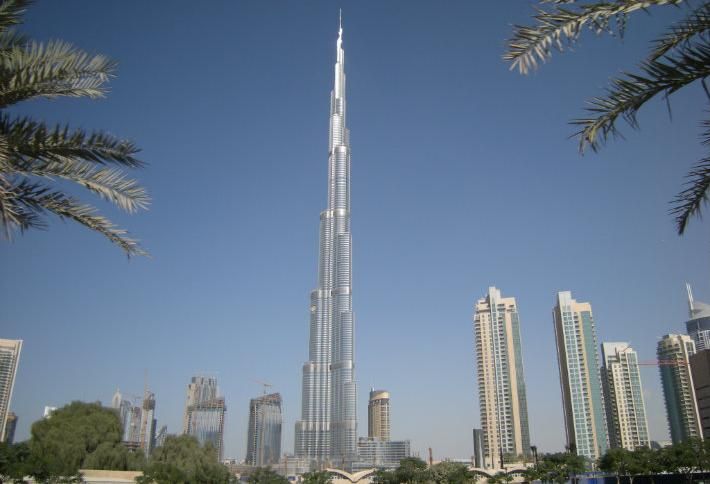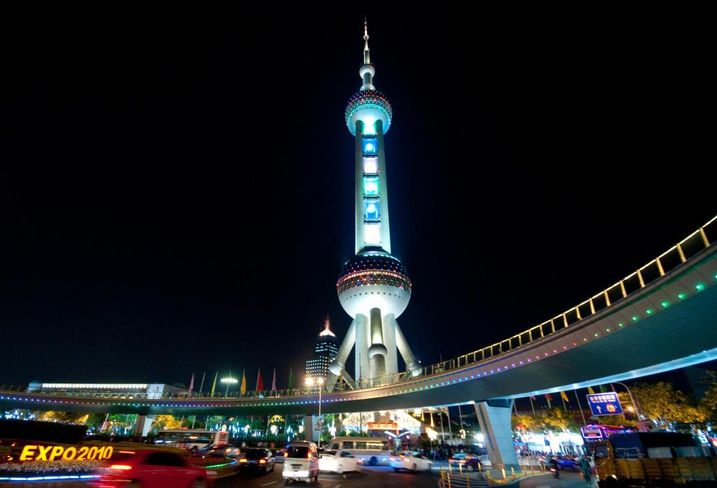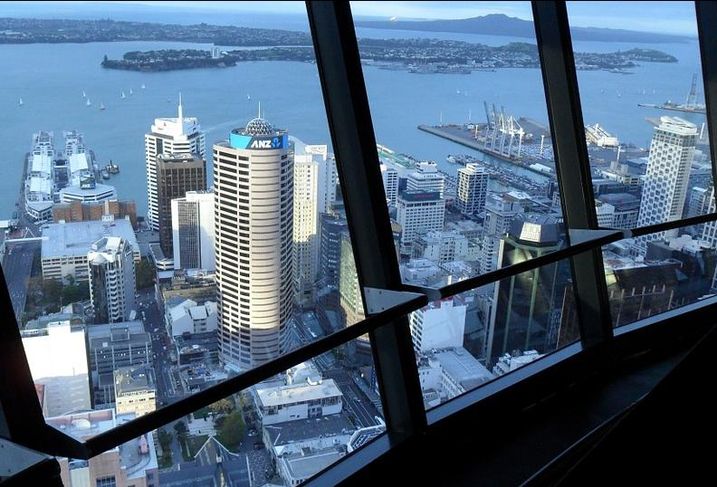The Architect Behind The World's Tallest Building Talks Supertall Structures
Adrian Smith, the architect behind the world’s tallest and soon-to-be tallest buildings just spoke with Curbed about the challenges (and benefits) of building structures nearly 3,000 feet high—as well as the future of supertall design. Here are the three big takeaways.
1. Skyscrapers boost surrounding real estate
"Tall towers significantly increase the value of the land and buildings around them,” Smith says. He points to the surge in the rents of the buildings surrounding Dubai's 2,722-foot Burj Khalifa, currently the tallest in the world.
"People occupying buildings around the Burj are paying significantly more for the units with views of the tower, which has made that overall development highly profitable for Emaar Properties in Dubai," he says.
And supertalls also impact perception. "The supertall tower can be a symbol of success and optimism for the future of any city,” he says.
2. Advances in supertall design
Faster, more efficient elevator systems have made living in the new towers much more convenient. Not to mention, engineering advances have produced better lighting and added wind resistance—all factors that make supertalls more desirable places to live.
"For example, in the case of the Pearl Tower design in Guangzhou, we found out that the wind was coming from predominately the same direction almost all of the time," Smith says. "So from the start, we oriented and further shaped the tower to take maximum advantage of this."
3. 5,000-foot commutes: 'Plazas in the sky'
"Mile-high towers" connected by “sky bridges” may sound sci-fi, but the "plaza in the sky" could be closer to reality than people think, Smith says.
"It is possible to do now, just not very economically feasible," he says. He says the skyscraper-connected bridges will double as "lateral bracing" for the structures—something he's pitched for two satellite city concepts, the 1 Dubai and Chengdu.
“We will keep pursuing the vision," he says.



